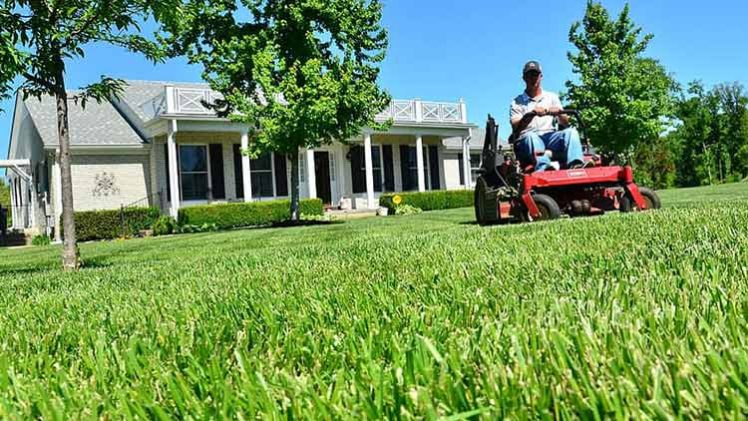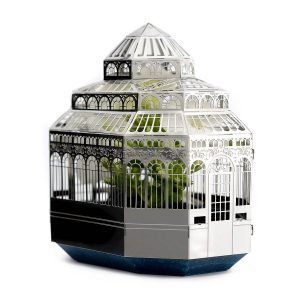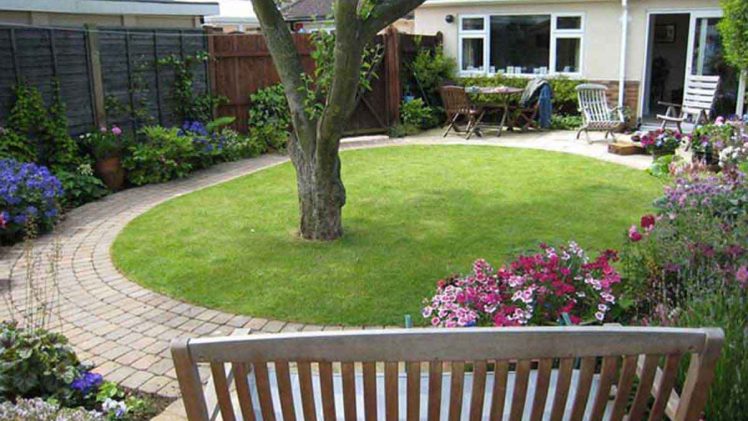
Sydney landscapers Intreeg Landscapes have a bag of tricks when creating landscape designs for smaller gardens. While we accept that what they can achieve is wonderful, it is more down to their skills and experience than any hocus pocus or magic wands.
The skills and experience we talk of come from not just their early days’ training but often through years of designing landscaping for gardens and public areas of all sizes and shapes, as well as fulfilling the wishes of their clients. As a result, they will have followed several core landscape design principles on each garden’s design, and if you carry on reading, we will highlight seven of these used when landscaping smaller areas into a functional and stylish garden.
Larger Plant Beds
When amateurs try to design a garden, if it is small, they will try to make the plant beds as small as possible. However, although it might seem counter-intuitive, it follows proven landscape design principles if you make the plant beds larger. This can be done by extending fully to the outer walls and other boundaries, making the garden seem bigger.
Upscaling
This is the first of two opposite approaches; however, the great news is that both work in smaller garden designs. Upscaling means increasing the scale of as many features within the garden as possible, giving the sense that the garden is larger than it is. Examples include using wide decking boards from Decking Sydney instead of thin ones, large concrete pavers instead of bricks for patios and walkways, and wide fencing panels.
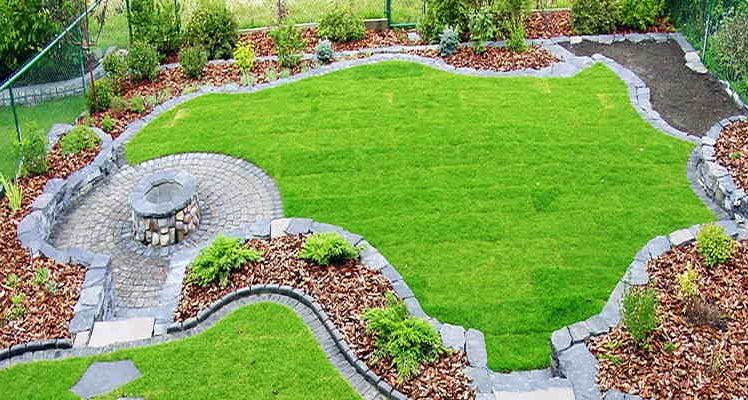

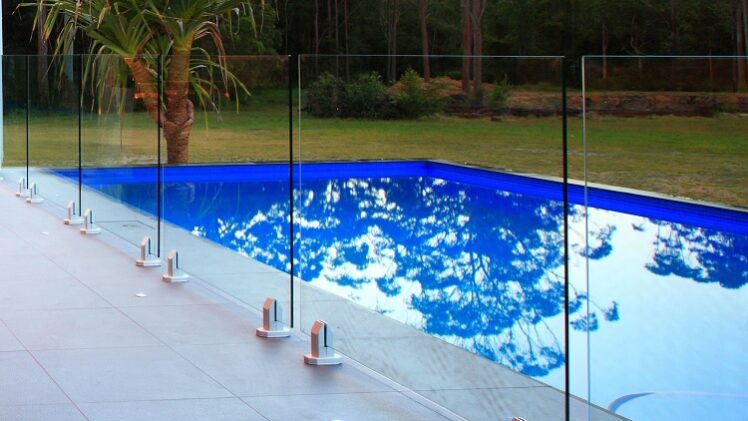
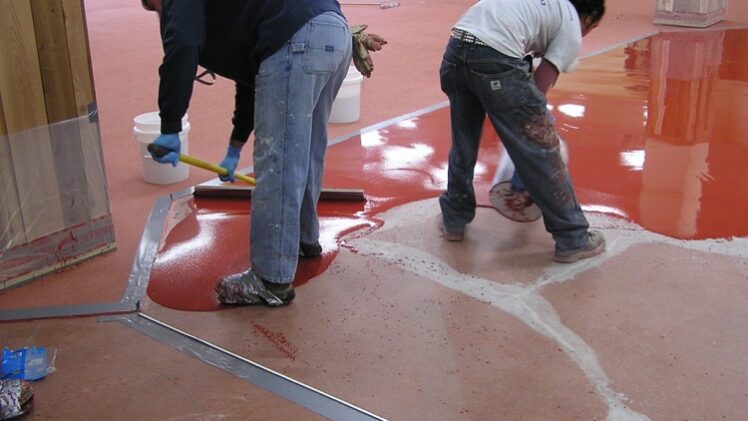


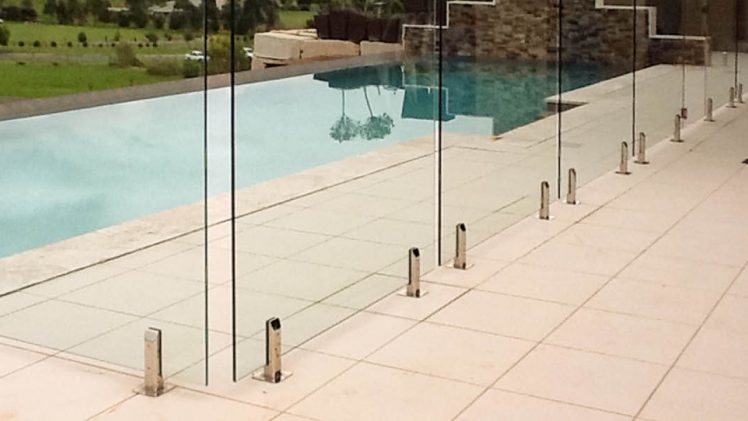
 Minimalism and simplicity have become popular through recent times, and glass pool fencing is certainly minimalistic. Semi-frameless glass fencing can be built with some sort of styled or ornate posts and fittings, but fully frameless glass fences are made of simple glass panels that are fixed to the ground.
Minimalism and simplicity have become popular through recent times, and glass pool fencing is certainly minimalistic. Semi-frameless glass fencing can be built with some sort of styled or ornate posts and fittings, but fully frameless glass fences are made of simple glass panels that are fixed to the ground.